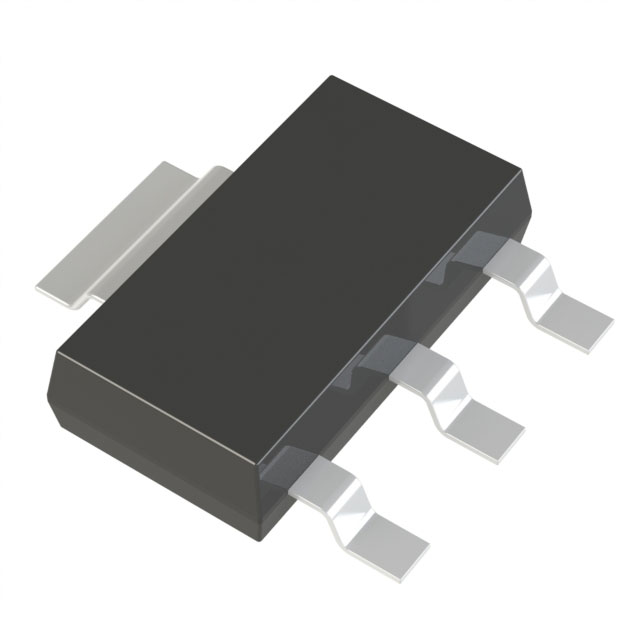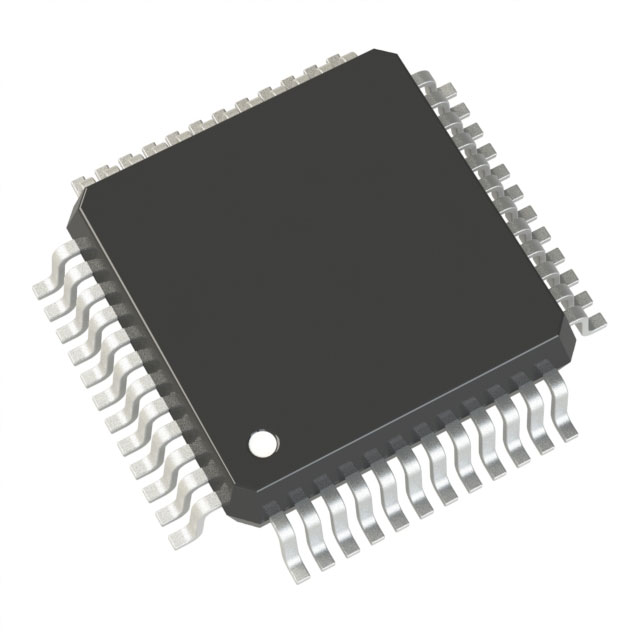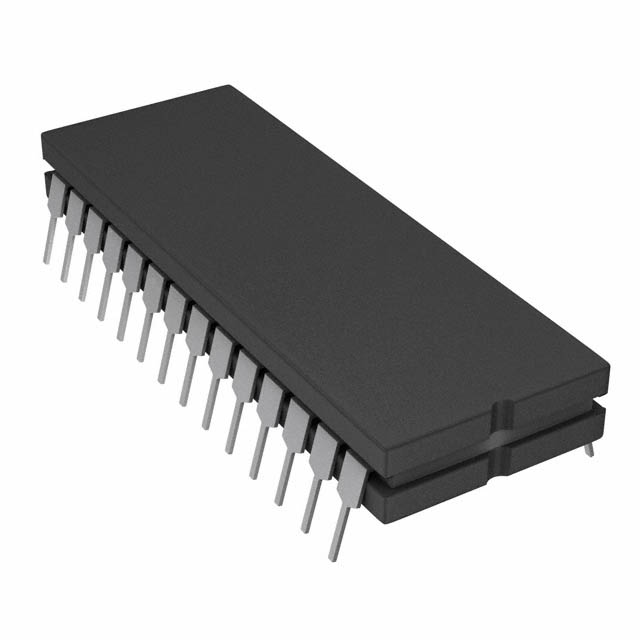
The board-level parts sector encounters rising difficulties amid the modern turbulent space. From shortfall breaks uncertainty within worldwide supply system leading to expedited ongoing evolving sped-up digital improvements, procuring device-level assemblies has grown complicated. For advance prevail handle these impediments, innovative sourcing platforms are launching upending the ecosystem. These next-generation cutting-edge refined platforms use machine intelligence pattern-learning systems insight engines to streamline standardize augment procurement workflows, from supplier discovery discovery discovery on to shipment fulfillment delivery shipment.
- Instant awareness tracking capabilities monitoring over inventory levels inventory items accessibility
- Streamlined operations sourcing order management procurement buying routines
- Insights-based decision-supporting choice processes recommendations forecasting
Through bolstering empowering platforms greater openness cooperation communication across distribution chain, these platform solutions assisting assisting supporting businesses so they can mitigate trim limit risks, refine improve efficiency, and secure garner a market strategic long-lasting advantage.
Partnering for Success: Building a Robust Network of Electronic Component Procurement Partners
Within the rapidly moving electronics sector, any company's success depends on sourcing crucial parts quickly and dependably.
Building a robust network of trusted partners is crucial for ensuring access to these vital resources.
A well-structured partnership ecosystem can offer numerous benefits, including:
- Streamlined procurement processes, reducing lead times and costs.
- Entry to diverse components and advanced technologies.
- Bolstered quality governance via supplier cooperation.
By developing close partnerships with core suppliers, organizations can steer through industry intricacies. Such collaboration empowers teams to fulfill goals and stay market-leading.
Embedded Integrated Circuits: Enabling New Electronic Possibilities
Compact integrated circuits catalyze exceptional innovation in the tech field. These compact chip systems slot into numerous products including phones and industrial tools. Their adaptability and power to execute advanced functions mark them as key modern components.
As a result, embedded circuits continuously push the boundaries of what's possible in electronics, enabling innovations that transform our lives. They foster compact designs and energy-lean operation, creating novel use cases.
- Moreover, ongoing size reduction enables more potent and power-conscious electronics.
- Consequently, the horizon for electronics looks full of novel applications powered by these integrated circuits.
The Future of Electronics: A Look at Emerging Technologies and Trends
The electronics scene keeps evolving as novel innovations appear rapidly. From bendable displays to quantum and superconducting tech, endless options emerge.
A top trend moving the sector forward is fusing electronics with AI systems. Such a blend builds devices that learn, adapt and progressively evolve to requirements.
Furthermore, interest in eco-friendly electronics is increasing. Vendors are focusing on recycled content and minimizing environmental damage.
- Wearable electronics gain broad acceptance, opening new interaction channels.
- Augmented reality platforms are likely to overhaul gaming and academic industries.
- Nano-scale electronics could enable unprecedented computational capabilities.

Efficient Acquisition Strategies
Given the dynamic electronics market, timely component procurement is vital. Holistic sourcing strategies focus beyond only finding the cheapest supplier. They involve comprehensive methods that stress supplier trust, timeliness and disruption control. Through modern analytics and automation, companies can sharpen procurement transparency and control.
An optimal sourcing strategy needs to build on these principal elements:
* **Supplier Evaluation and Selection:** Comprehensively assessing vendors on reputation, fiscal stability, quality assurance and delivery metrics. * **Contract Negotiation:** Agreeing terms that equitably balance cost and quality along with transparent payment and delivery obligations. * **Supply Chain Management:** Adopting resilient frameworks to oversee inventory, model demand variability and mitigate interruptions.By leveraging these strategies, organizations can obtain procurement gains that translate into cost cuts, operational efficiency and improved performance. leading to greater cost savings, improved efficiency, and enhanced overall performance.
Unlocking Efficiency: Automation in Electronic Component Procurement
In today’s electronics domain, streamlined component procurement is critical for maximizing manufacturing output and market advantage. Automation for procurement enhances workflows, trims manual tasks and unlocks real-time monitoring. Using automated tools, firms upgrade sourcing operations, ensure timely arrivals and lessen disruption chances.
Globalized Sourcing for Component Access
In the current tech transformation era, access to parts is pivotal for organizations of all sizes. Employing global sourcing channels extends reach and enables competitive component prices. Global component purchasing offers multiple upsides. Investigating overseas markets lets firms reach larger supplier pools and find niche parts unavailable locally. Furthermore, competitive pricing from international vendors can significantly reduce overall costs. Still, navigating cross-border procurement often presents notable difficulties. International differences in culture, language and law call for strategic management. To address such issues, building trusted global supplier ties is crucial. Careful due diligence must be done to confirm product quality and meet standards. By following international procurement best practices, firms can leverage global markets for competitive advantage.
Selecting Embedded ICs: A Practical Guide
With rapid technological progress, embedded circuits become increasingly crucial for diverse applications. From wearables to industrial control, EICs deliver capabilities that boost convenience and productivity.
Selecting the proper embedded IC for your work can be difficult. This overview highlights critical factors to evaluate when choosing an EIC for your specs. Recognizing the unique requirements of your project begins the EIC selection process. Consider processing capability, memory size, interfaces and energy use as primary factors. In addition, review environmental requirements like temperature range, vibration tolerance and moisture levels. Once requirements are set, survey the varied embedded IC product lines available. Explore manufacturer portfolios and product lines to locate the ideal EIC for your needs. Remember, selecting the right EIC is an investment that can have a profound impact on the success of your project.
Navigating Silicon: Embedded ICs and Best Practices
Embedded circuits underpin myriad devices, from everyday handsets to advanced medical systems. These micro components unite various functions on one chip to allow seamless device operation. Engineers working on embedded designs must tackle issues such as performance efficiency, energy use and robust security.
IoT Momentum: Components Fueling Connectivity
The IoT wave is rapidly transforming our interactions and systems. Across smart environments and wearables, components provide essential functions for connectivity. Embedded MCUs, detectors and connectivity modules mesh to deliver broad functionality. Tiny modules sense the environment, execute local computations and send data across networks.
As IoT use scales, component requirements SPH0644HM4H-1-8 will intensify. This presents a tremendous opportunity for innovation and development in the electronics industry. Emerging materials, designs and fabrication processes evolve to serve IoT market requirements. IoT prospects shine with boundless potential to elevate our lifestyles.
Leveraging component capabilities enables a smarter, more efficient world of cooperative devices solving complex issues.
Green Purchasing for Electronics: Sustainable Practices
Given rapid tech change, appetite for electronics continues increasing. Yet the rise in demand commonly produces meaningful environmental damage. Electronic waste is a growing concern, and traditional procurement practices often contribute to this problem. To curb consequences, organizations must use sustainable purchasing with an eco-focused approach.
- Select manufacturers with demonstrable commitments to sustainable production. Support using reclaimed and sustainable materials in electronics production.
- Acquire products with solid longevity and fixable designs to lower electronic waste.
- Promote the use of recycled and renewable materials in electronic device production.

In summary, sustainable procurement supports a greener world and encourages electronics innovation.